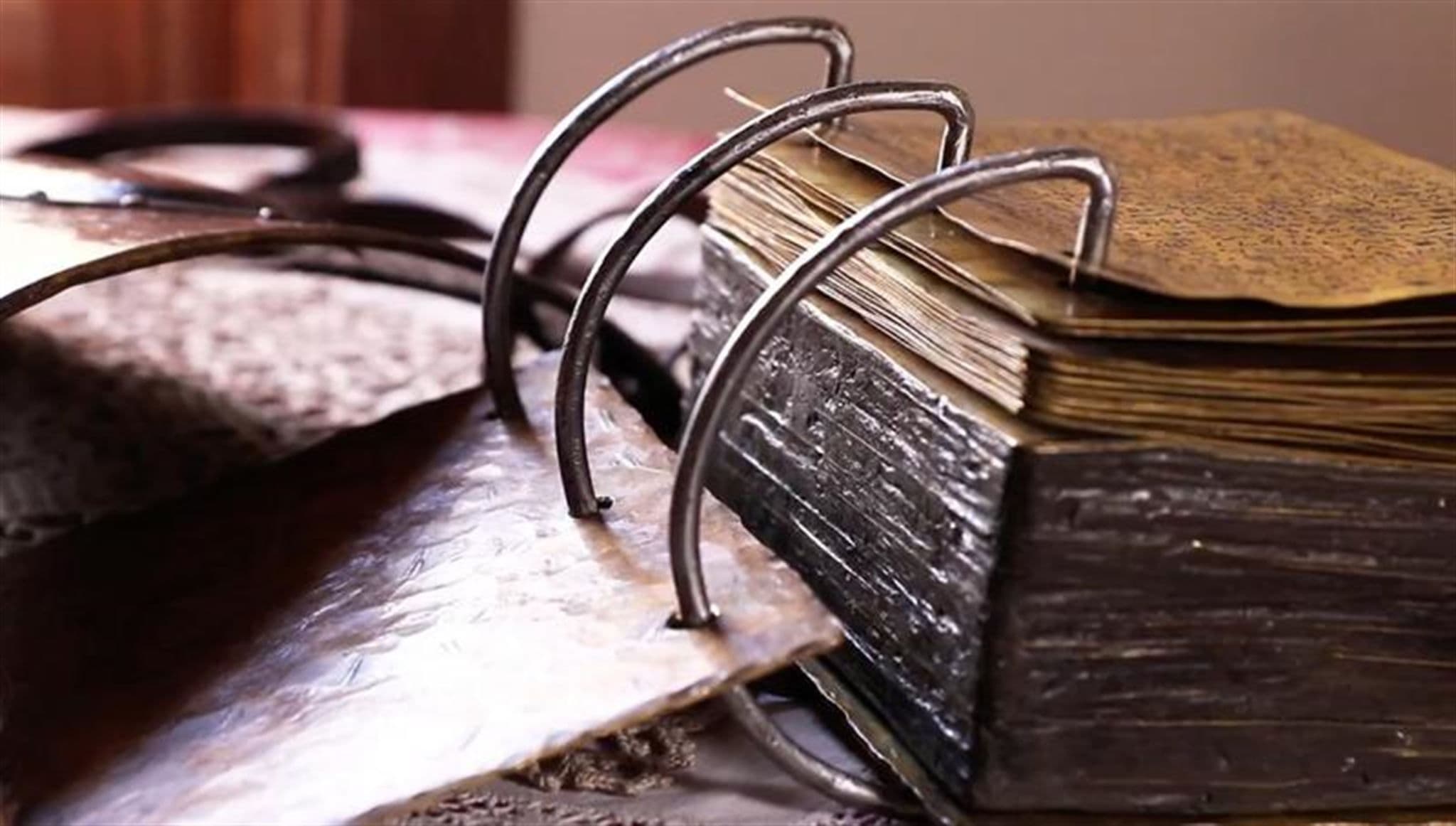Evidence #110 | November 18, 2020
Book of Mormon Evidence: Secret Records
Post contributed by
Scripture Central

Abstract
The Book of Mormon contains sacred content that was not intended to be made available to the world until it is cleansed of wickedness. This mirrors the secrecy surrounding many ancient records that were considered to be sacred.The Book of Mormon as a Secret Record
Although part of the Book of Mormon was translated by Joseph Smith and revealed to the world, another part—known as the “sealed portion”—was not translated.1 The sealed portion contains the prophecies of the brother of Jared, as recorded by Moroni, and “shall not go forth unto the Gentiles until the day that they shall repent of their iniquity, and become clean before the Lord” (Ether 4:6). The Lord explained that only when “they shall exercise faith in me … as the brother of Jared did, … then will I manifest unto them the things which the brother of Jared saw, even to the unfolding unto them all my revelations” (v. 7).
The secrecy inherent in the sealed portion of the Book of Mormon mirrors the secrecy surrounding many ancient documents. As explained by John A. Tvedtnes, “Hidden books are, by their very nature, also secret,” and the “concept of books meant to be kept secret from unbelievers or the uninitiated is as old as writing.”2
Secret Texts in Ancient Literature
According to Hugh Nibley, the “tradition of secrecy begins with Enoch: When Enoch found the Book of Adam and read it, ‘he knew that the human race would not be able to receive it. So he hid it again, and it remained hidden until Noah.’”3 The practice of secreting sacred documents to come forth at a later time can be seen in a variety of ancient Jewish and Christian sources, as well as from documents in other related cultures.
2 Ezdras 14:45–46 (an apocryphal text) records the Lord’s instructions to Esdras to only make part of his records available to the people: “The first that thou hast written publish openly, that the worthy and unworthy may read it: But keep the seventy last, that thou mayest deliver them only to such as be wise among the people.” The Book of the Resurrection of Christ by Bartholomew the Disciple contains the following warning about sacred mysteries: “Reveal not thou them to any impure man, but keep them safely.”4 The Apocryphon of John “informs us that the resurrected Christ told the apostle John to write down what he had told him and to keep it secure.”5
In the Ethiopic text called Lefafa Sedek (Bandlet of Righteousness), Jesus writes a book and tells Mary, “take this [book] which I have given unto thee. And thou shaft not reveal it to the man who is not able to bear it, or to keep guard over this Book, but [only] to the wise who believe on Me, and who walk in My commandments.”6 The Mandaean text known as Haran Gawaita warns against revealing the contents of certain books “in the presence of foolish persons.”7 And, as a final example, a magical Greek papyrus text called the Eighth Book of Moses commands its reader: “dispose of the book so it will not be found.”8
Conclusion
More ancient documents could be cited,9 but this sampling demonstrates that the sealed portion of the Book of Mormon fits within the many ancient traditions of sacred texts which were also meant to be off limits for the unworthy or uninitiated.
- 1. For a discussion of what may have been on the sealed portion, see Valentin Arts, “A Third Jaredite Record: The Sealed Portion of the Gold Plates,” Journal of Book of Mormon Studies 11, no. 1 (2002): 50–59, 110–111.
- 2. John A. Tvedtnes, The Book of Mormon and Other Hidden Books: “Out of Darkness Unto Light” (Provo, UT: FARMS, 2000), 10.
- 3. Hugh Nibley, Enoch the Prophet, The Collected Works of Hugh Nibley, Volume 2 (Provo, UT: FARMS, 1986), 151. Nibley is quoting from M. J. Bin Gorion, Die Sagen Der Juden (Frankfurt: Kütter & Loening, 1913), 2:270. For a more in-depth discussion of these traditions, see Tvedtnes, The Book of Mormon and Other Hidden Books, 13–18.
- 4. Montague Rhodes James, The Apocryphal New Testament (Oxford: Clarendon, 1955), 182; as cited in Tvedtnes, The Book of Mormon and Other Hidden Books, 10.
- 5. Tvedtnes, The Book of Mormon and Other Hidden Books, 10.
- 6. Ernest A. Wallis Budge, The Bandlet of Righteousness: An Ethiopian Book of the Dead (London: Luzac, 1929), 63; cited in Tvedtnes, The Book of Mormon and Other Hidden Books, 11.
- 7. E. S. Drower, The Haran Gawaita and the Baptism of Hibil-Ziwa (Vatican: Biblioteca Apostolica Vaticana, 1953), 17; cited in Tvedtnes, The Book of Mormon and Other Hidden Books, 12.
- 8. Hans Dieter Betz, ed., The Greek Magical Papyri in Translation: Including the Demotic Spells (Chicago, IL: University of Chicago Press, 1986), 179; as cited in Tvedtnes, The Book of Mormon and Other Hidden Books, 12.
- 9. See Tvedtnes, The Book of Mormon and Other Hidden Books, 10–13.